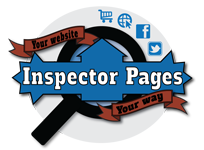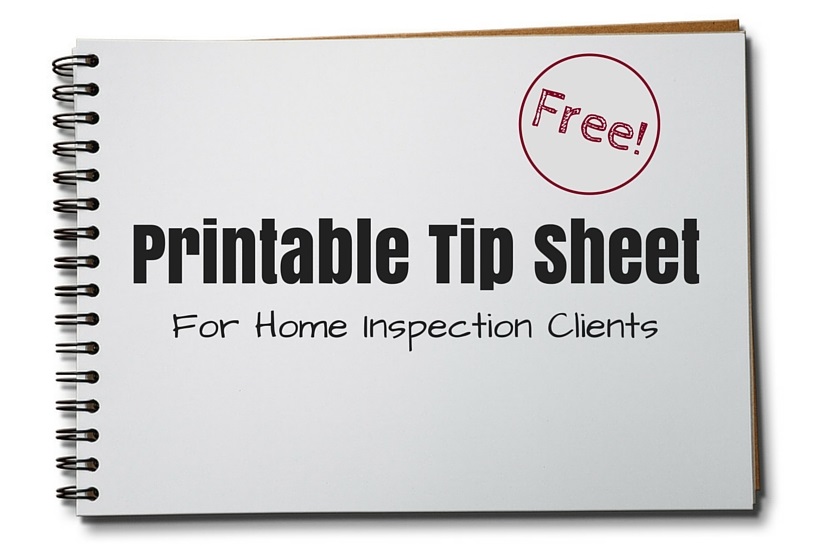
Last week we talked about email marketing (it’s not dead—far from it) and introduced you to some of our favorite email clients for managing your list.
This week we’ll lay out a step-by-step guide to launch your own email newsletter—along with an explanation of how it’ll work to generate more home inspections.
Why does email marketing work?
As we mentioned in our last post, email is the number one marketing tool for lead retention. Why is this? The key here is depth rather than width.
This means that rather than casting a net that’ll catch 20,000 mediocre leads, like with a newspaper ad, email marketing allows you to cast a small but powerful net that’ll catch a couple hundred awesome leads.
Marketing to a small group of highly targeted leads is much more effective than blasting your message out to thousands of people who couldn’t care less about you or your home inspections.
Building your list
Begin by compiling all the emails of friends, family members, neighbors you can think of, along with anyone you work with on a regular basis. You should be able to come up with a few dozen people right off the bat.
This is your list.
Using one of the platforms we outline here, add these folks to a new mailing list. Send out a short and sweet email blast to the entire list letting them know you’re launching a weekly (or bi-weekly, or monthly) newsletter.

MailChimp’s Creat List screen
Let them know you’d love to have them as a subscriber, but if their inbox is already packed to the brim there’ll be no hard feelings if they hit the ‘unsubscribe’ link at the bottom (depth, not width, remember? Don’t waste time marketing to people who aren’t buying what you’re selling).
Once this blast has gone out and a few people have inevitably unsubscribed, you have a solid list of contacts to start with.
Build on this list little by little by adding an email signup form to your website.
We recommend adding your signup for to your home page and your contact page at a minimum. If possible, it’s a great idea to add it to every page of your site, either in the header or sidebar.
If you use WordPress, you can do this by installing a plugin like JotForm or GravityForms. These plugins allow you to build a contact form, then paste it onto your site’s pages with a little bit of code.
Within the form’s settings, you can opt to have each new subscriber imported directly to your email client (if this sounds too technical, Inspector Pages’ Managed Package might be helpful for you).
Sending your blasts
Contrary to popular belief, the goal of your email list is not to sell, sell, sell!
It’s to build value to subscribers who will one day become your clients. Marketing giants Gary Vaynerchuk and Neil Patel are both big advocates of building value as the number one way to drive conversions over time.

One of Inspector Pages’ weekly newsletters
How can you do this? By providing content that’s highly relevant and useful to your subscribers. If you’re thinking hey, that’s the same thing you told me to do with my blog! You’re exactly right.
In fact, your blog posts make great content to share in your email newsletter. Here are 20 ideas for posts to spark your creativity.
Then, get to sending. Send out one email every week/every other week/every month filled with great information your client base will love.
Stories from your inspections.
Warning signs to watch out for.
Tips and tricks to save money on home maintenance.
The list goes on.
When you provide this much value to someone who’s not even your customer, who do you think they’re going to call the minute they or someone they know is in need of a home inspection?
You guessed it—you.
And when you do have a special offer or discount available? Absolutely use your email list to promote it!
That’s how email marketing can work for your home inspection business.
Want more free marketing tactics delivered directly to your inbox? Join our weekly newsletter entering your email below.




















